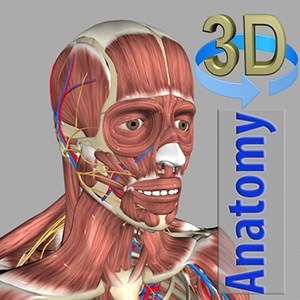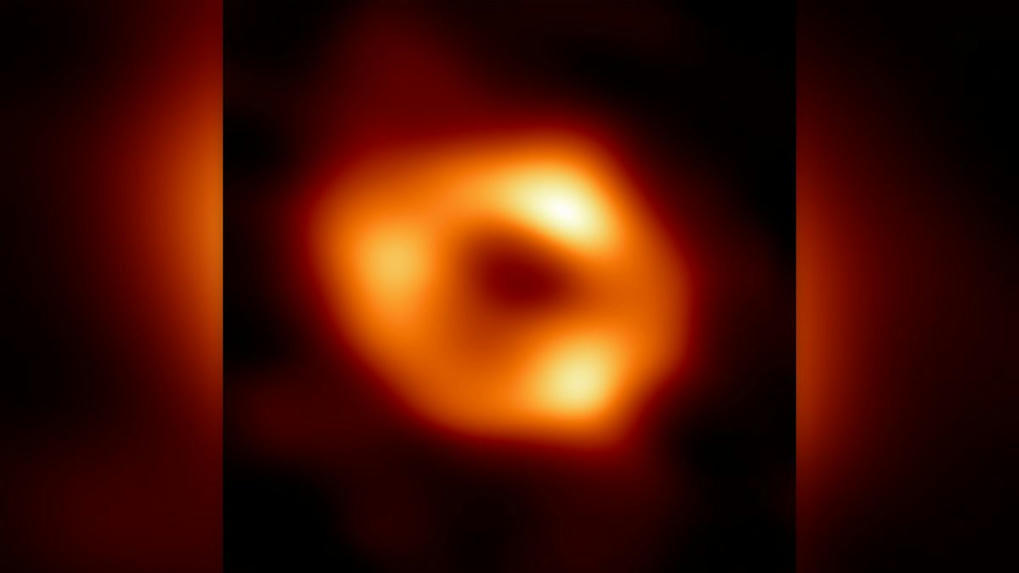
“Company communicators need accessible, relatable content to bring all along in the AI journey …”
Read the full article at: www.forbes.com

“Company communicators need accessible, relatable content to bring all along in the AI journey …”
Read the full article at: www.forbes.com

“If you want to understand where technology is heading, science fiction is a good place to start. It can get it hilariously wrong too though …”
Read the full article at: www.forbes.com

A true and totally 3D app for learning human anatomy with 3D position quiz, built on an advanced interactive 3D touch interface.
***From the creator of Visual Anatomy app. Features: ★You can rotate models to any angles and zoom in and out ★Peel layers of muscles and reveal the anatomical…
Read the full article at: apps.microsoft.com
“Tech such as laptops, tablets and instant messaging has more positive effect on wellbeing, says thinktank …”
Read the full article at: www.theguardian.com
“As businesses figure out how best to manage AI workers, will there be hiccups along the way? …”
Read the full article at: www.forbes.com
Our AI-powered NBVR surveillance system takes security and video analysis beyond old-fashioned CCTV. It automatically processes video, extracting insights through machine learning. This allows intelligent monitoring that focuses on what matters most.
Read the full article at: neurospot.tech

There are many ways artificial intelligence can be used for good and to help solve some of the world’s biggest problems. Many researchers and organizations are prioritizing projects where artificial intelligence can be used for good. Here are my top 10 ways AI is used responsibly.
Read the full article at: www.forbes.com

“A new iPhone app called “Galactic Compass” points users in the direction of the Milky Way’s central supermassive black hole …”
Read the full article at: www.space.com

There are plenty of GenAI-powered music editing and creation tools out there, but Adobe wants to put its own spin on the concept.
Today at the Hot Pod Summit in Brooklyn, Adobe unveiled Project Music GenAI Control, a platform that can generate audio from text descriptions (e.g. “happy dance,” “sad jazz”) or a reference melody and let users customize the results within the same workflow.
Using Project Music GenAI Control, users can adjust things like tempo, intensity, repeating patterns and structure. Or they can take a track and extend it to an arbitrary length, remixing music or creating an endless loop.
Read the full article at: techcrunch.com

Google Gemma: because Google doesn’t want to give away Gemini yet
/ Gemma 2B and Gemma 7B are smaller open-source AI models for language tasks in English.
Read the full article at: www.theverge.com